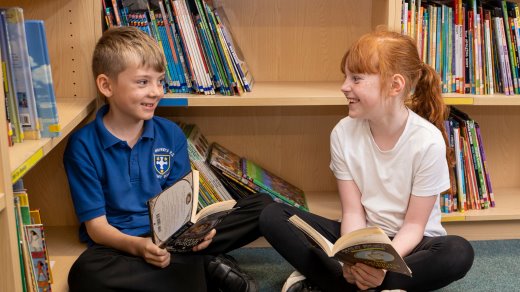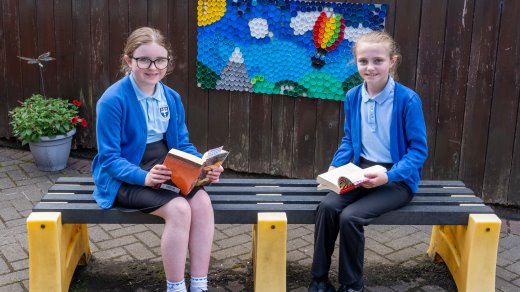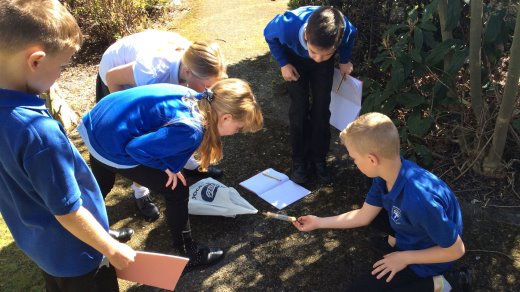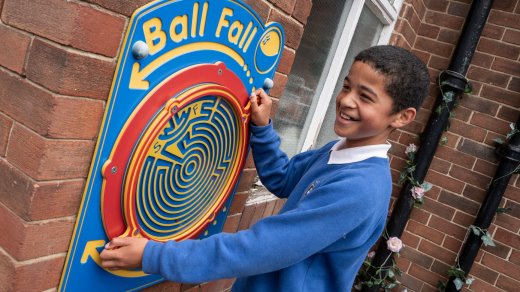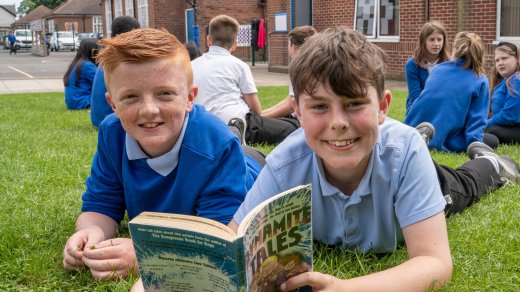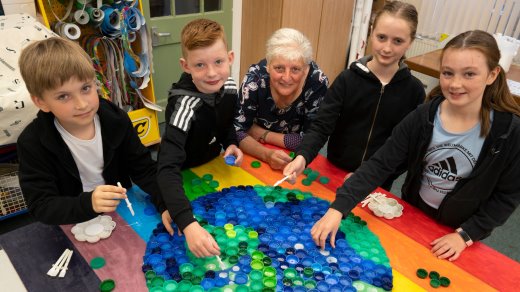00 - 01
Design Technology
Design Technology
DT Lead: Mrs M Dillon BSc (Hons), PGCE, Level 3 Forest School Leader
Intent
At St Wilfrid’s Catholic Primary School, we aim to provide children with a Design and Technology education that is relevant in our rapidly changing world. We want to encourage our children to become problem solvers who can work creatively on a shared project. We believe that quality Design and Technology lessons will inspire children to think independently, innovatively and develop creative, procedural and technical understanding. Our Design and Technology curriculum provides children with opportunities to research, represent their ideas, explore and investigate, develop their ideas, make a product and evaluate their work. Children will be exposed to a wide range of media including textiles, food and mechanisms; through this, children will develop their skills, vocabulary and resilience.
Implementation
Our Design and Technology curriculum is designed by identifying the key skills, knowledge and understanding required by the National Curriculum, which is then planned to ensure that the skills are taught sequentially across the key stages and that new skills build on and develop the skills taught in previous years.
Children have access to key knowledge, language and meanings to understand Design Technology and to use these skills across the curriculum. In Design Technology children are asked to solve problems and develop their learning independently. This allows the children to have more ownership over their curriculum and lead their own learning in Design Technology. English, Maths and ICT skills are taught
during discrete lessons but are revisited in Design Technology so children can apply and embed the skills they have learnt in a purposeful context.
Impact
Our Design and Technology Curriculum is developing to provide well thought out lessons and topics that demonstrate progression. In addition, we measure the impact of our curriculum through the following methods: reflection on standards achieved against the planned outcomes; pupil discussions about their learning, which includes discussion of their thoughts, ideas, processing and evaluations of work. As designers, children will develop skills and attributes they can use beyond school and into adulthood.
Special Education Needs and DT
According to OFSTED, (designtechnology.org.uk) pupils with special educational needs make better progress in D&T than in most other subjects.
This is because designing and making usable products gives pupils a real sense of achievement. They benefit from experiencing their own progress and taking responsibility for their own learning. They enjoy the practical application of their ideas. Plus, their personal engagement with the task improves attention span, patience, persistence and commitment.
All of which means special needs pupils can achieve results that compare or even exceed their peers. Design and Technology offers
these pupils the chance to experience achievement at a level that may seldom occur elsewhere in their school life.
Design and Technology is a popular and valuable subject for pupils with special educational needs. Knowledge and understanding is drawn from across the curriculum and helps to develop and enable numeracy, literacy and communication skills that can be applied in practical ways. This consolidates skills from other lessons and reinforces learning with positive outcomes.
A broad spectrum of the D&T curriculum is planned and delivered in order to accommodate and challenge pupils of all abilities. It may be necessary to provide specialist equipment, adapt room layouts, utilise adult helpers and allow additional time for tasks.
Adapting Design and Technology for pupils with special education needs is a real challenge for teachers. Yet because D&T adds so much to a pupil’s educational experience, our membership community actively provides many examples of how lesson plans may be adapted to address a range of learning needs. Another example of how D&T teachers are inventive, resourceful, thoughtful and creative – and always put their pupils first.
Pupils with SEN often find designing activities problematic. Therefore, thought is required to ensure pupils can access and produce successful initial design work. Activities focused on the physical making of designs are supported ‘one to one’. Yet it is also important to encourage pupils to work as independently as possible. For example, by using key words sheets, flow charts and visual instruction sheets which explain a process in a step-by-step manner.
Cultural Capital and Enrichment
Culture Capital is the accumulation of knowledge, behaviours, and skills that a child can draw upon and which demonstrates their cultural
awareness, knowledge and competence; it is one of the key ingredients a pupil will draw upon to be successful in society, their career and the world of work.
Our carefully structured DT curriculum provides opportunities that are additional to the National Curriculum. We provide children with a varied and broad curriculum which prepares them for the future. Design technology helps to build cultural capital through exposure to life-skills such as innovation and entrepreneurship. Our curriculum enables and nurtures a love of design and technology, helping children to develop the skills required for their future working life. Children are provided with learning opportunities and experiences that allow them to research products, achieve goals and become successful. To support children’s, understanding, knowledge and skills they are given access to a wide range of tools and resources to support them in creating purposeful products.
How we know your child is succeeding
- Through pupil discussion, learners will talk enthusiastically about their own and other pupils work.
- Observations are made using SeeSaw and DT books and completed products that show a progression of skills and likeness in outcome.
- Determine the effectiveness and how well a product meets its purpose.
- Learners discuss and critique their own product as well as the work of other inventors.
Each term in St Wilfrid’s we have a DT Project carousel, where all children in the school will take part in fun, exciting projects covering the objectives in the DT curriculum. From EYFS to Year 6, children will cover structures, textiles, mechanisms, cooking, nutrition and electrical systems.
Children will learn the vital skills to become a designer. They will have a chance to plan, test out and evaluate their designs, as well as try to overcome any problems they may encounter. We aim to inspire children for their future careers through trips, visitors and through our stimulating projects.

